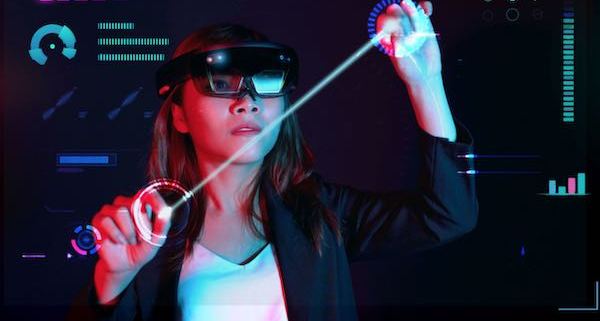5 Advances in HealthCare Technology Taking Off in 2022
The development of new technologies continues to surge in healthcare. In this article, we’ll look at 5 major advances that are changing the field.
1. Remote healthcare and telemedicine
Since the beginning of the pandemic in early 2020, we’ve seen a steady increase in remote healthcare consultations, which shot up from 0.1% to 43.5% in just that time span. While some patients still require in-office visits, ever larger numbers are content to meet with their physicians and healthcare practitioners at at home via computer.
One interesting development is the “virtual hospital ward,” a centralized communications structure that offers patients remote care. Worldwide, we are seeing improvements in access to medical services, in a world in which half the population does not have access to essential care, according to the World Health Organization.
Most people are pleased to access remote telecare options. Remote care has become especially important in places like India and China, where doctor shortages are common.
The increased accessibility of medical technology remotely allows physicians to treat diseases faster, often at their onset, resulting in a higher percentage of successful outcomes and improved rates of recovery.
2. Extended reality (XR) helps in clinical training and treatment
Extended reality (XR) is a catch-all term that describes virtual reality (VR), mixed reality (MR), and augmented reality (AR) technologies. These systems all involve the use of lenses or headsets that alter the user’s perception, either by placing them entirely in a virtual environment (VR) or by overlaying real-time images into the virtual world (AR/MR).
These applications are potentially transformative in healthcare. For instance, VR headsets are now routinely used to train physicians and surgeons, allowing them to see the workings of the human body without the need to use medical cadavers or with having to put patients at risk.
This technology is also facilitating cognitive behavioral therapy (CBT) that assists with chronic pain, anxiety, and other disorders. Here, treatments have been developed that allow patients to work through their fears and medical issues in safe, virtual, non-threatening environments.
Augmented reality (AR) health applications are used to provide patients with directions, for example, to the nearest publicly accessible defibrillator unit.
3. Artificial intelligence and machine learning
Artificial intelligence in healthcare, as in other sectors, makes it easier to gather and process enormous amounts of unstructured data for use and analysis. Medical imaging data, such as x-rays, MRI scans, and CT scans, among others, includes information about the spread of communicable diseases such as COVID, vaccine distribution, genomic data, and even doctors’ handwritten notes.
Trends in the use of artificial intelligence often involve the augmentation and upskilling of human workers. Among these applications is the automation of patient contact information and triage that can free up clinicians’ time and allow them to focus on other important areas.
Telehealth technologies powered by natural language processing gather information about symptoms which are used by healthcare professionals. AI is also highly useful in preventative medicine.
4. Digital health
Approximately 80% of all health systems plan to increase their investment in digital health over the next 5 years.
More than half of patients surveyed have indicated that they would be interested in a healthcare future that can provide telehealth visits exclusively, as long as optimal care can be delivered.
Robots and the so-called IoT (internet of things) are tied into this trend. Smart technologies such as machine-learning alert professionals when sensors detect that an intervention is needed; cameras can spot that, for example, an elderly person has had a fall in their home and needs attention. Digital health technologies are being advanced constantly.
5. Digital twins and simulations
This trend involves the creation of duplicate models using real-world data that can be used to simulate any system or process to create better treatment. We’ve seen the development of a “virtual patient” – that is, a digital simulation of a person that can be used to test new medications and treatments.
Initially, this technology may be confined to models or simulations of individual organs or systems. However, progress is being made towards models that simulate entire bodies. This is still some way from being fully developed, but during 2022 we should see progress, with potential breakthroughs a real possibility.
Digital twins of human organs and systems will allow doctors to explore pathologies and experiment with treatments without risking harm to patients, and in addition, will reduce the need for expensive animal and human trials.
These exciting advances are moving forward now. We look forward to updating you as these and other trends continue to change the medical field.




